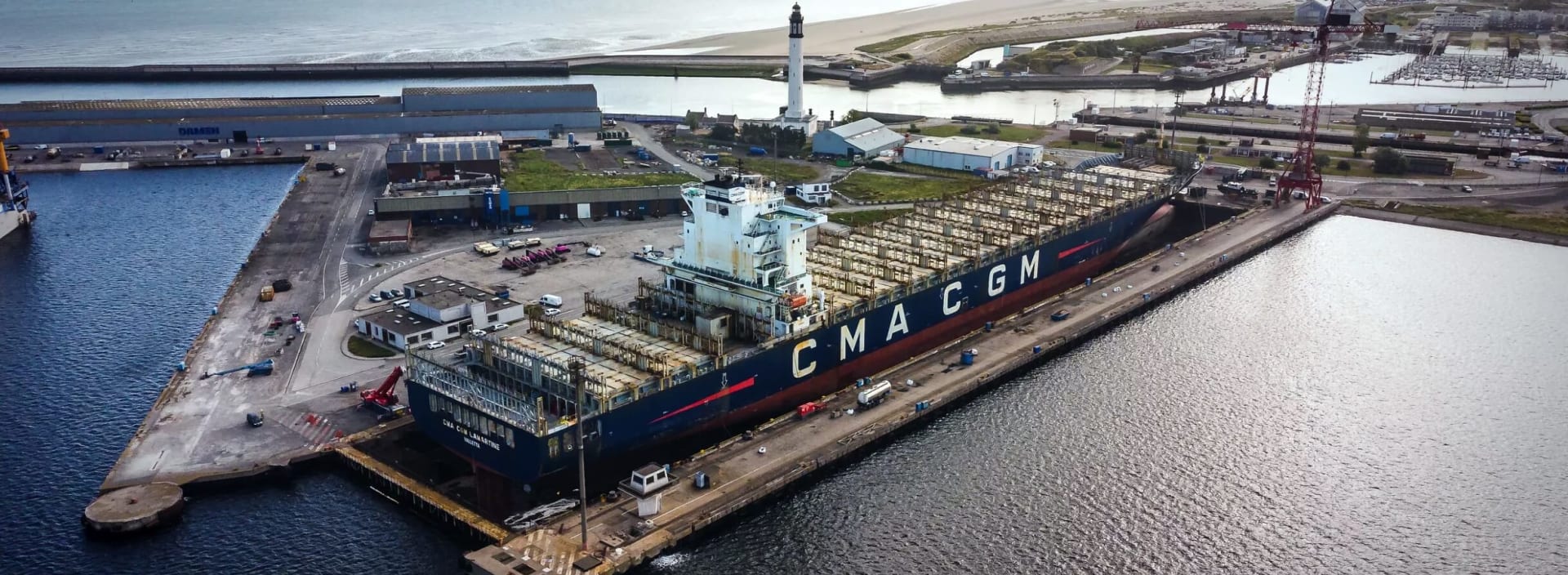The shore side of transitioning to autonomous shipping
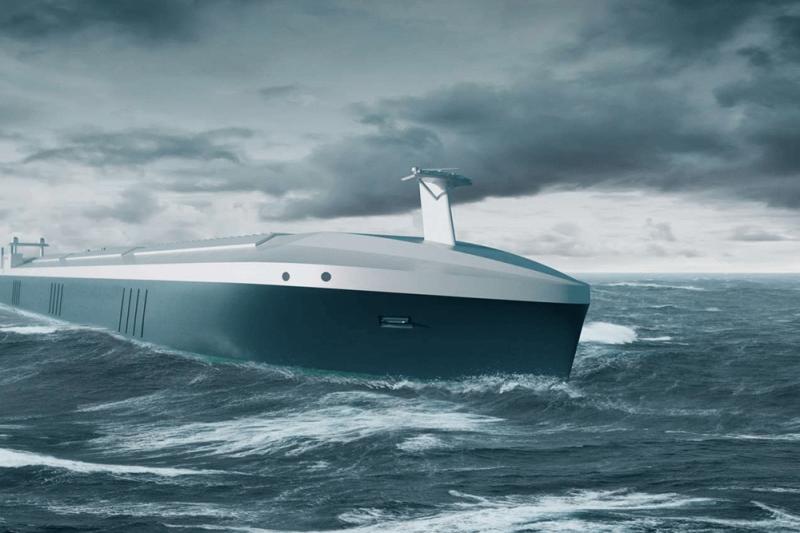
Kongsberg Norcontrol has successfully delivered the maritime domain awareness solution for a remote operation center (ROC) as part of the groundbreaking research and development project AUTOSHIP. The ROC plays a pivotal role in enabling the operation of autonomous vessels, marking a significant step forward in the autonomous transition.
Autonomous shipping offers significant benefits that revolutionize transportation at sea. With the elimination of human error, accidents can be reduced, enhancing maritime safety and preserving marine ecosystems. Moreover, autonomous shipping proves economically advantageous by cutting operating costs and optimizing vessel design. It also addresses challenging working conditions for seafarers, improving their well-being and quality of life.
Autonomous shipping's potential to take thousands of truck loads off the roads and onto the water will result in reduced traffic congestion and lower emissions. Goods can be transported more efficiently and in larger quantities, reducing the strain on road networks and minimizing carbon emissions associated with truck transportation. This transition to autonomous shipping offers a promising solution for a greener and more sustainable future, benefiting both the transportation industry and the environment.
AUTOSHIP
The current state of autonomous shipping reflects a rapidly evolving landscape in the maritime industry, with important pilot projects testing and implementing autonomous technology. AUTOSHIP is one of these projects, providing groundbreaking research and development that aims to enable autonomous vessel operations. Through successful installation and testing on two operational vessels in different environments, AUTOSHIP showcased the capabilities of autonomous vessels navigating predefined routes, avoiding obstacles, and adhering to regulations using advanced sensors, artificial intelligence, and communication systems.
The first pilot involved a coastal cargo ship journeying off the coast of Kristiansund, Norway, covering 160 nautical miles. This demonstration marked one of the most complex autonomous journeys at sea to date. The second pilot took place in Wintam, Belgium, focusing on inland waterways with high traffic, narrow waterways, and communication interference. These challenging journeys, described as the most complex autonomous journeys to date, highlighted the difficulties in detecting potential conflicts in close proximity and emphasized the importance of advanced detection systems.
THE AUTOSHIP CONSORTIUM
The AUTOSHIP project consortium includes 10 experienced partners, managed by PNO Innovation.
Kongsberg Maritime is the primary technology developer for the project while Kongsberg Digital provided the digital twin and simulation technology and Kongsberg Norcontrol delivers the shore-based maritime surveillance solution.
AUTOSHIP is funded by Horizon Europe, EU’s key funding programme for research and innovation.
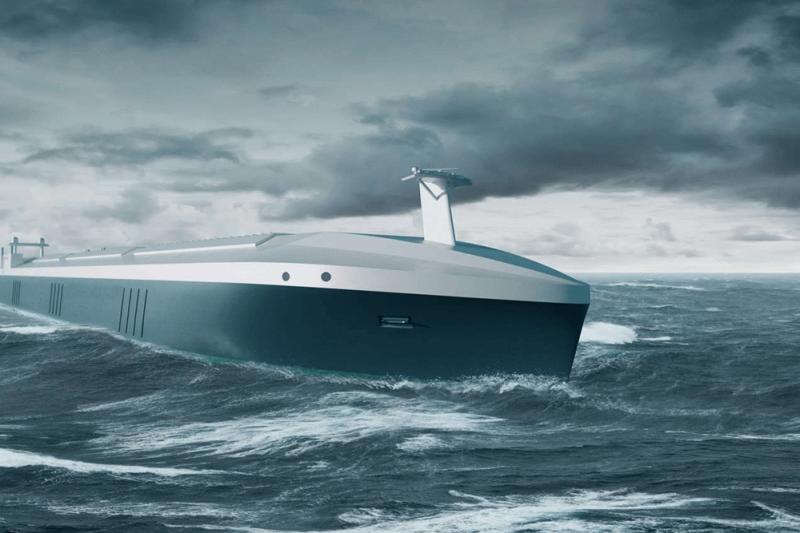
The shore side of operation
To realize the autonomous transition, it is crucial to create well-functioning ROCs on the shore that can monitor and if necessary, take control over the moving vessels. For the AUTOSHIP project, Kongsberg Norcontrol delivered the maritime domain awareness solution for the Wintam ROC.
- Unlike ship-centric systems, a maritime domain awareness system offers a broader view of the maritime environment, empowering shore-based operators with comprehensive situational awareness. This will become even more important in the time to come as one ROC will start operating several autonomous vessels from different owners. With Kongsberg Norcontrol’s decades of expertise in maritime domain awareness, we provided real-time tools for monitoring ships, route prediction for surrounding vessels, anomaly detection, and prediction analysis, says Todd Schuett, Business Innovation Manager, Kongsberg Norcontrol.
- Additionally, we provided a publish voyage service that enables seamless sharing of voyage information between ROCs and Vessel Traffic Services (VTS) authorities. This service ensures that VTS authorities have accurate information about autonomous vessels, enhancing safety and coordination. Today there is no regulation for communication between ROCs and VTS, but this will almost certainly change as more autonomous vessels are in operation, Todd Schuett adds.
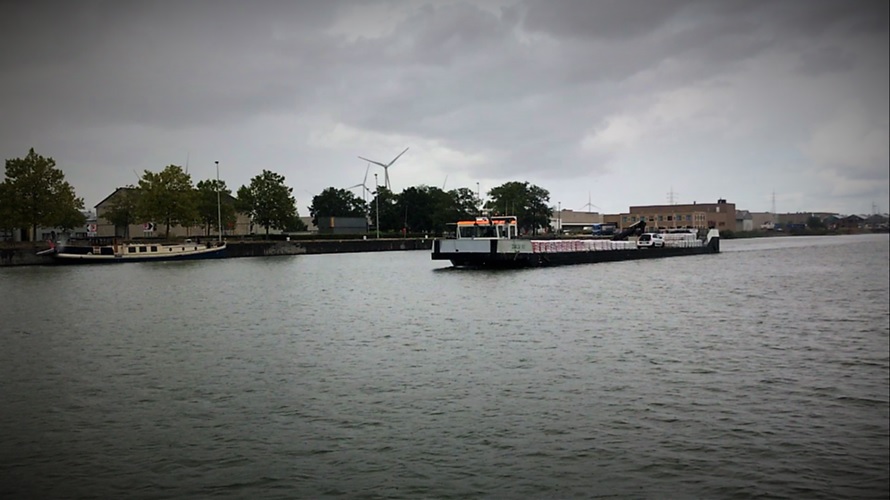
The future of autonomous shipping
AUTOSHIP has been instrumental in developing and testing autonomous technologies, with its pilot projects showcasing the capabilities of autonomous vessels as safe, trustworthy and adhering to regulations. However, the current state of autonomous shipping also highlights challenges that need to be addressed. Regulatory frameworks and industry standards are still evolving to accommodate autonomous operations. Collaborative efforts between industry stakeholders, technology providers, and regulatory bodies are crucial to establishing guidelines and ensuring the safe and efficient transition to autonomous shipping.
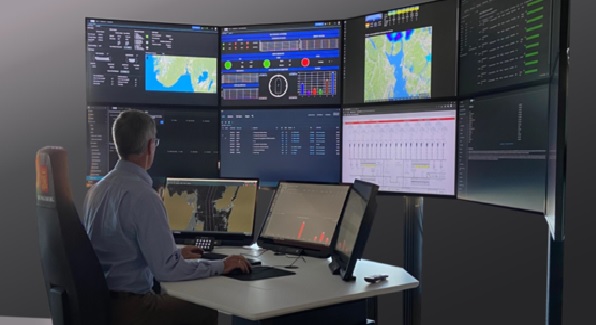
- Looking ahead, the future of autonomous shipping holds great promise. As technology continues to mature and regulations evolve, autonomous vessels are expected to expand their operations to longer routes and more complex maritime environments. The industry's dedication to research and development, coupled with collaborative efforts, positions autonomous shipping as a transformative force in the maritime industry. AUTOSHIP and other projects serve as beacons of progress, driving the industry forward on the path toward a future where autonomous shipping plays a vital role, says Todd Schuett.
Note:
TEXT: Zhuo Ann F. Rye, Marketing Coordinator, Kongsberg Norcontrol
PHOTO:KONGSBERG / AUTOSHIP – Autonomous Shipping Initiative for European Waters

